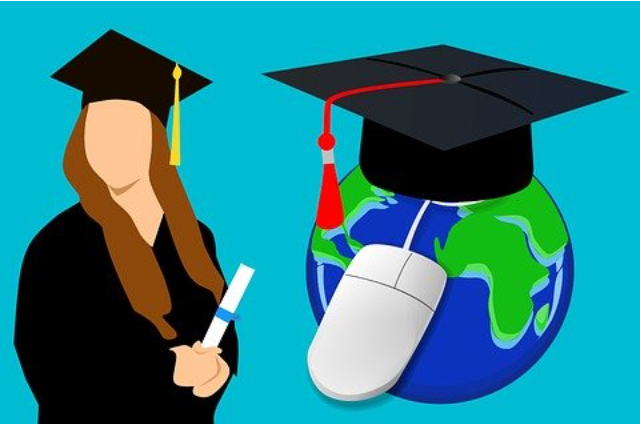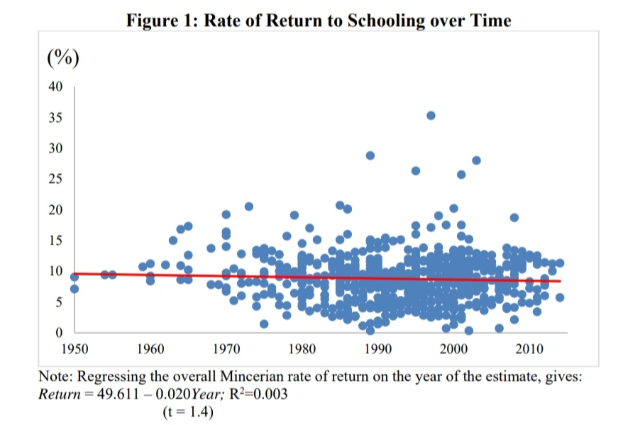
Image by mohamed Hassan from Pixabay
What is Education?
Education is learning through which one’s mind develops, which leads to the individual’s overall development. Education helps in understanding oneself and the world by large. Education makes people sensitive and understanding, and morally upright. Education thus has an overarching effect on one’s life.
According to Aristotle, education trains man to fulfill his aim by using all the faculties to the fullest extent as a member of society. Education aims to bring happiness to the lives of the individual. Learning by doing is also education, according to his views on education.
Importance:
New ideas, scientific research, social science research, medical research, and so on call for a rigorous level of training and education. The study contributes to society in two ways. first is “knowledge creation,” and addition is “existing knowledge.”
Education also plays an integral part in nation-building and social cohesion and imbibing values and inspiration owning to country history especially. Skill enhancement directly has economic benefits, but the aspects mentioned earlier of education work in an indirect yet impactful way that an ideal education system ensures quality and myriad opportunities.
The country that spends adequately on education more than often tends to perform better on economic and development indices like GDP( Gross domestic product) and HDI( Human Development Index), and so on. (the countries spending the most on education).
Countries with the highest investment in research and development are emerging as the top performers in the technological frontier that they prepared for the technological wave. The ability to use digitization, artificial intelligence, and the internet of things for development is significant in countries with adequate educational investment. China allocates 2% GDP to R&D, which worked in bettering their rank. US, UK, and new Zealand are the top performers in the index ( spending on education & technology and innovation (technology & innovation report,2021). The index indicates the positive correlation between spending on education and technological innovation in a country.

According to the World Bank, there’s a rise of 9% in hourly earnings for an additional year of schooling. Capital and labor productivity are enhanced significantly due to education which leads to growth in the aggregate income.
Education as Public Goods vs. Private Goods:
Public goods are “non-excludable” and “nonrivalry,” whereas private goods are “excludable” and “rivalry.” A private good is a product purchased and consumed by the purchaser and not shared with everyone. Public goods are available to everyone regardless of the formal purchase of the product. Most public goods are used at no cost or nominal cost.
Dinner in the restaurant is an example of private goods. In contrast, free water on the road is an example of a public good because the former calls for buy to consume, whereas the latter doesn’t entail any cost for the service.
Burger, if you buy, can be excluded like you may want to eat all by yourself and not share among your friends and your consumption is a rivalry to their consumption thus it is a private good. Still, the national security of your nation tends to shield every citizen even if you don’t want to be protected. Everyone will be saved. Thus, national security is nonexcludable and nonrivalrous, two characteristics of public goods.
Public schools, as well as private schools, provide education. Education is often said to be a public good. Still, in a true economic sense, it is not a public good since a limited number of students can be accommodated; thus, education is in spirit “quasi-public good,” which means near public good. It is also plausible to categorize different levels of schooling differently; for example, the primary education is Primary Edu. is a merit good, and higher Edu. is quasi-public good.
The Debate between a Public Institution and a Private Institution
It is one of the most hotly discussed topics. Yet, it often ends inconclusively party because there are variations across the countries and within the countries in the standard of education, economic inequality, and social exclusion. There are outliers, and the studies point out different findings. Some support govt intervention in education, and some don’t. Some empirically prove the importance of the public institution for the overall development of education as it aligns with social justice and the fact that education does have substantial social benefits, which are more than the private benefits.
The wealthiest nation has poorly performed on “education equality” the US is the first, followed by Germany and UK. (World Bank Report 2020). The US is also one of the most economically unequal countries; thus, student loans have become significant. The US student loan is alarming; Students struggle to pay back loans. According to CNBC, the student loan has touched an all-time high of $ 1.4 trillion over the last decade. The average outstanding balance is up to $ 34,144, a rise of 62% in the previous ten years, led to an unprecedented financial & emotional toll.
So what is the way forward actually? The hybrid education model is the way forward.
The government must understand the importance of both public and private institutions for achieving educational goals as knowledge is a public good it ought to give to all. The govt must not remove private players as empirics point out the efficiency of the private education institution. Nowadays, most of the work calls for a high level of competency and expertise, which no doubt private institutions are more specialized in, but regulation is required for private players. China has regulated its private institution to avoid the “ill of free-market effect the education. The govt should collaborate with the private players and public institutions intact as public institutions work for welfare motives. Thus, poor and vulnerable people make use of it. Still, at the same time govt needs to bring education policies that take care of everyone,. Thus especially for the students who require loans for their studies, it has social and economic efficiency justification.
Bihar, an Indian state, has started giving “Student Credit Card” to all the students at almost zero interest rate with other ease in repayment payment of the loan. Such a model of education loan is a way forward for sure. Many students cant study due to financial crisis or lack of collateral across but the country.
. . .
Citations:
- “Psacharopoulos, George; Patrinos, Harry Anthony. 2018. Returns to Investment in Education: A Decennial Review of the Global Literature. Policy Research Working Paper; No. 8402. World Bank, Washington, DC. © World Bank. https://openknowledge.worldbank.org
- openknowledge.worldbank.org
- unctad.org/news/few-developing-countries
- www.investopedia.com
- the problem of education inequality CNBC
- www.cnbc.com
- www.worldbank.org/en/topic/education
